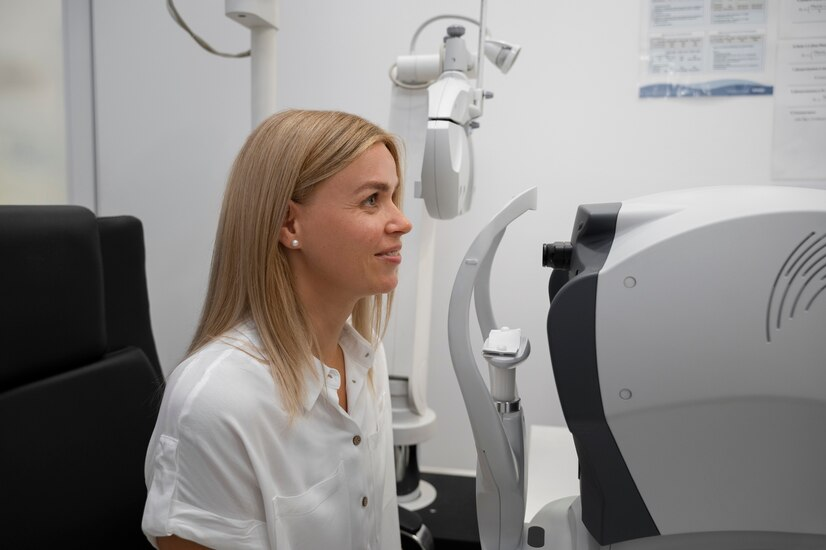Ultrasound Of Eye

Introduction
Ultrasound imaging, a cornerstone of medical diagnostics, has recently expanded its utility to ophthalmology. The ultrasound eye, or ocular ultrasound, provides a non-invasive, real-time method for examining the eye’s internal structures and the orbit. This technology is pivotal for diagnosing various ocular conditions, especially when direct visualization is challenging.
Principle and Technique
Ocular ultrasound employs high-frequency sound waves (10-20 MHz) to create detailed images of the eye. The process involves placing a transducer, coated with a conductive gel, on the closed eyelid. The sound waves penetrate the ocular tissues and reflect back, producing echoes that are converted into images by the ultrasound machine. Two primary techniques are used: A-scan (amplitude scan) and B-scan (brightness scan).
Diagnostic Applications
Posterior Segment Examination
Ocular ultrasound is particularly valuable for assessing the posterior segment of the eye, including the retina, vitreous body, and optic nerve. It is instrumental in detecting retinal detachments, vitreous hemorrhages, and tumors such as choroidal melanoma. The B-scan modality is commonly used in these cases for its ability to produce cross-sectional images.
Anterior Segment Evaluation
Though less common, A-scan ultrasound can measure anterior segment structures like the cornea, anterior chamber, and lens. This application is crucial for biometry, particularly in preoperative assessments for cataract surgery.
Advantages
Ocular ultrasound offers several advantages. It is non-invasive, safe, and relatively quick. Unlike MRI or CT scans, it does not involve radiation, making it suitable for repeated use, particularly in pediatric and pregnant patients. Additionally, it can be performed at the bedside, facilitating the examination of patients who are unable to visit the clinic.
Limitations
Despite its benefits, ocular ultrasound has limitations. It requires significant operator skill to obtain and interpret images accurately. Additionally, it may be less effective in patients with dense media opacities, like severe corneal scarring, which can obstruct sound wave transmission.
